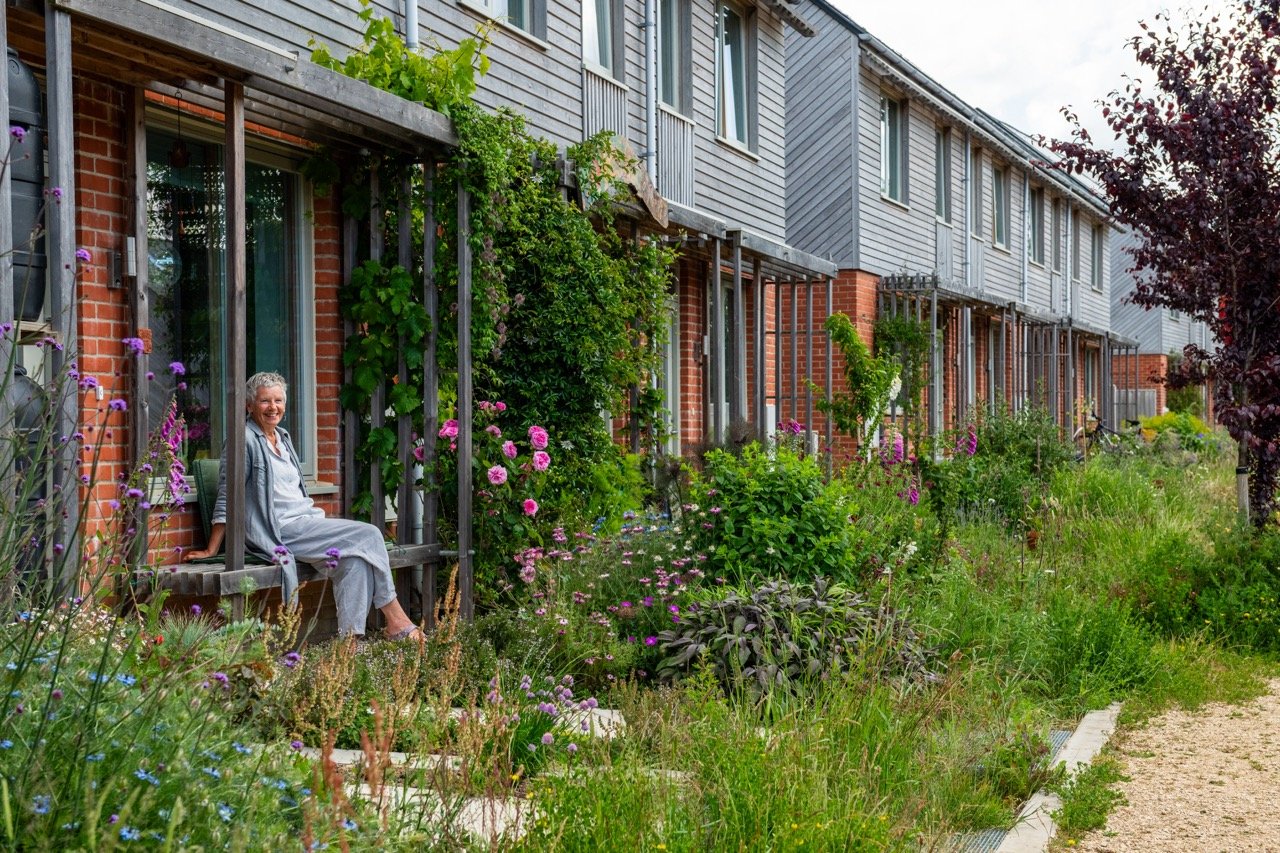Healthy Homes for Older People: Why Collaborative Housing Offers a Better Way Forward
I spoke at this year’s Housing 21 National Conference on Healthy Homes for Older People, joining researchers, campaigners and housing leaders from across the UK. The day was a powerful reminder that the way we design and deliver housing for older people has profound implications for health, dignity and social connection. It also reaffirmed that the solutions already exist – we just need the will to act.
The message was clear: our housing system is failing too many older people. The consequences are measured not only in cold homes and financial hardship, but in declining health, isolation, and shortened lives. Yet, amid the stark statistics, a more hopeful narrative is emerging – one rooted in collaboration, community and care.
“Good housing can support health when it’s done right,” said Martina Kane of Independent Age, whose work highlights the hidden reality behind the stereotype of the comfortable retiree. Many older renters today face a fragile mix of poor health, low income and insecure tenancies. With 60% of their pension often swallowed by rent, older people are forced to cut back on food, heating and social connection, increasing risks of respiratory illness and loneliness. Security, quality and dignity are too often absent from the places they call home.
Legal reforms such as ending Section 21 evictions and uprating housing benefit are vital, but as Professor David Robinson of the University of Sheffield reminded us, we already know the solutions. What’s missing is the will to act. The proportion of people aged 65+ living in private rented homes is projected to triple by 2040, bringing poverty, insecurity and discrimination to a growing generation. Yet these outcomes are not inevitable.
A powerful counter-story came from Henri Baptiste of Pathway Housing Solutions, whose award-winning Rapali Court project shows what’s possible when housing associations act with purpose and philanthropy, creating homes that genuinely improve people’s lives rather than simply housing bodies.
At Barefoot Architects, we’ve seen the same in our Bridport Cohousing project, recently recognised by the Festival of Place and RIBA for its Healthy Homes credentials. Our mission has always been to work “barefoot” – connected to places, in touch with people, and treading lightly on the planet.
This is Collaborative Housing – a term that feels both inclusive and politically neutral, a better banner for a movement that doesn’t belong to any one party. It describes homes shaped with residents, not just for them, empowering older people as co-designers, not passive recipients. At Bridport, this meant giving local people agency and treating them as expert consultants of their own place. The result is a car-free, solar-powered community of 53 homes with shared facilities, gardens and a common house for meals, exercise and celebrations, offering independence and belonging in equal measure.
Bridport Cohousing (showcasing growing space on the doorstep)
As several speakers stressed, the moral case for healthy housing is unarguable, but so is the economic one. Poor housing costs the NHS up to £2.7 billion annually. Supported, energy-efficient and socially connected homes save public money while improving lives.
The call to action from the conference was simple: shine a light on the difficulties and act locally where national policy stalls. Devolution offers new routes to fund innovation. Housing providers, councils and health partners must work together to build homes that promote wellbeing rather than undermine it.
If we want older people to live well, not just longer, we must design housing that fosters dignity, connection and care. Collaborative housing isn’t a niche alternative; it’s the blueprint for a healthier future.



